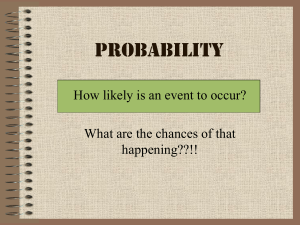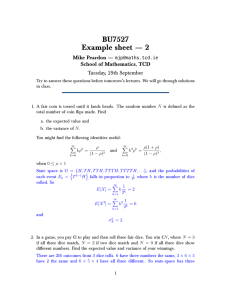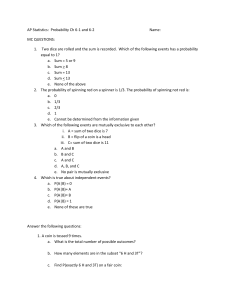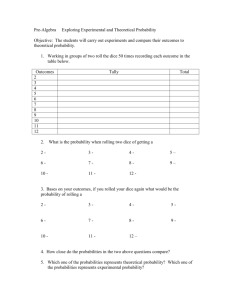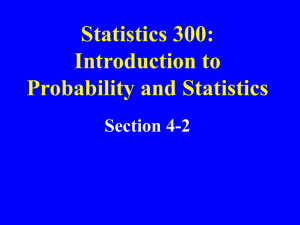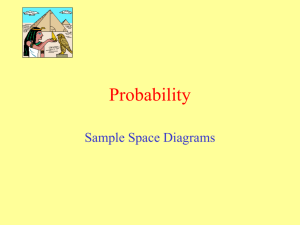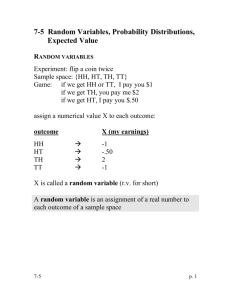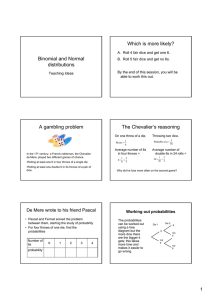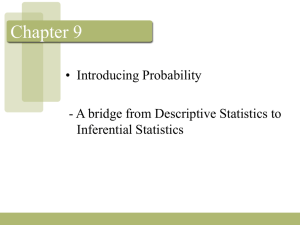Play both the Coin Flip and Dice Roll games. After you have played
advertisement
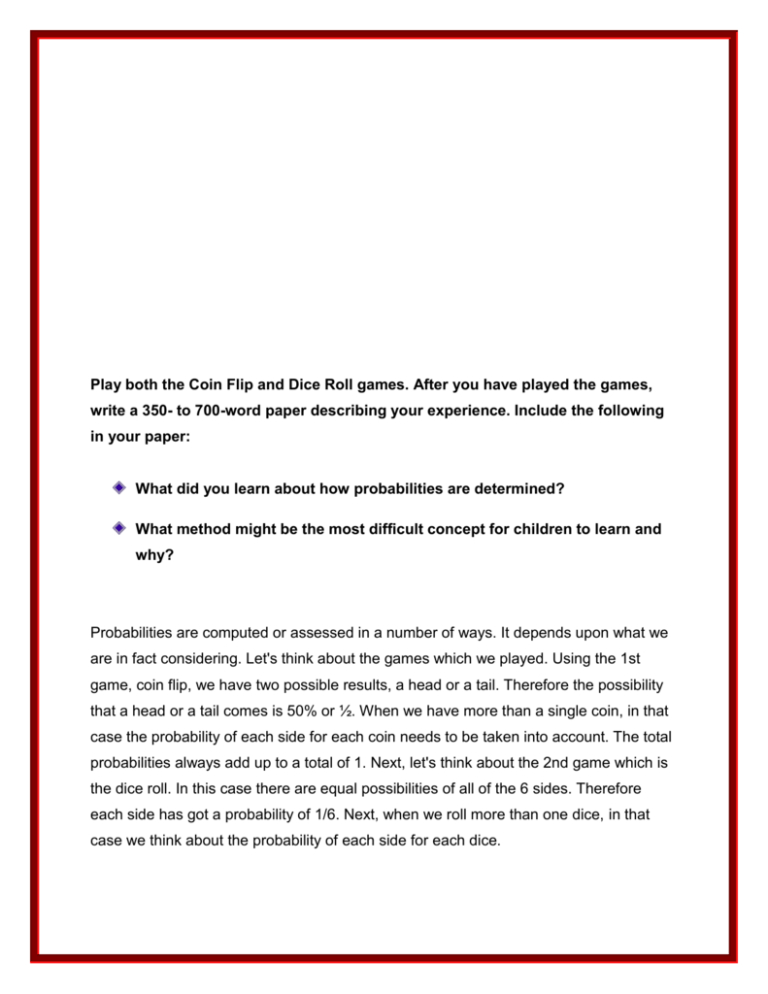
Play both the Coin Flip and Dice Roll games. After you have played the games, write a 350- to 700-word paper describing your experience. Include the following in your paper: What did you learn about how probabilities are determined? What method might be the most difficult concept for children to learn and why? Probabilities are computed or assessed in a number of ways. It depends upon what we are in fact considering. Let's think about the games which we played. Using the 1st game, coin flip, we have two possible results, a head or a tail. Therefore the possibility that a head or a tail comes is 50% or ½. When we have more than a single coin, in that case the probability of each side for each coin needs to be taken into account. The total probabilities always add up to a total of 1. Next, let's think about the 2nd game which is the dice roll. In this case there are equal possibilities of all of the 6 sides. Therefore each side has got a probability of 1/6. Next, when we roll more than one dice, in that case we think about the probability of each side for each dice. Generally we may say one of the methods used to find out probabilities is to gather the information and see the relative frequency of a specific happening. This is accomplished in the above instances. We find out the entire probability and after that find out the relative frequency of a head or a tail or for any number in a dice. Another way is by using non-quantitative methods where we find out the likelihood of any happening to take place or not. Happening of an event shows a possibility of 1 and non-occurrence is shown by 0. This technique might not be useful everywhere. In the games above there are equally possible chances for each happening to take place. Therefore the 1st technique is more helpful. Kids can face problems in knowing the probability ideas. When any happening isn't mutually exclusive, then the difficulty might arise for the kids. They may be better taught by the different probability games shown in the websites such as http://www.betweenwaters.com/. I loved playing the games in the site. Every time I play a game my concept was getting better. At times the easiest method to teach is to play. Games which show probability concepts also reflect the way the concept is used in daily life. Probability math games are a fun way to teach this idea.
